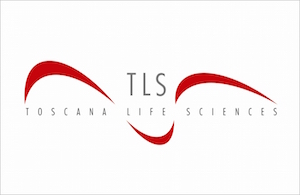Cutaneous Melanoma is characterised by high mortality (2,7/100.000 USA) and continuously increasing incidence worldwide (Italy: 13,9/100.000, 2003-2005; APC +3.8%;USA: 21/100.000; APC +2,6% 1985-2009). It is strongly felt the need to define prognostic markers to appropriately direct the clinical management (folow-up/therapy) of patients as well as predictive markers of response to therapy to identify the most appropriate treatment for each patient, concomitantly avoiding side effects deriving from the unnecessary exposure to drugs not effective for the specific patient. Researchers at the University Hospital of Siena and National Cancer Institute of Aviano have identified and patented a method for determining prognosis and predicting or monitoring response to therapy of patients affected by cutaneous melanoma through the evaluation of the methylation of different genomic DNA sequences, including the Long Interspersed Nucleotide Element-1 ( LINE-1 ) repetitive DNA sequences and/or the concomitant methylation profile of specific groups of genes defined as methylation signature.
The invention presents a variety of advantageous features:
• Far superior stability of DNA methylation markers in clinical samples as compared to
RNA-based markers:
• Applicability to different types of biological samples, including archival FFPE tissues
• High sensitivity of the assays;
• Potentially evaluable in serum/plasma to allow easy to run routine screenings.
N.A.
The present invention is related to the identidfication of DNA methylation markers in melanoma patients within the same sub-stage of disease (e.g., AJCC stage IIIC). Specifically, overall genomic DNA methylation, evaluated on Long Interspersed Nucleotide Element 1 (LINE1) repetitive sequences, identifies patients with lower levels of methylation as having a significantly improved survival as compared to patients with LINE1 hypermethylated tumors. Similarly, specific methylation signatures composed by the methylation status of different genes are able to sort patients into classes with increasded or reduces survival rates.







